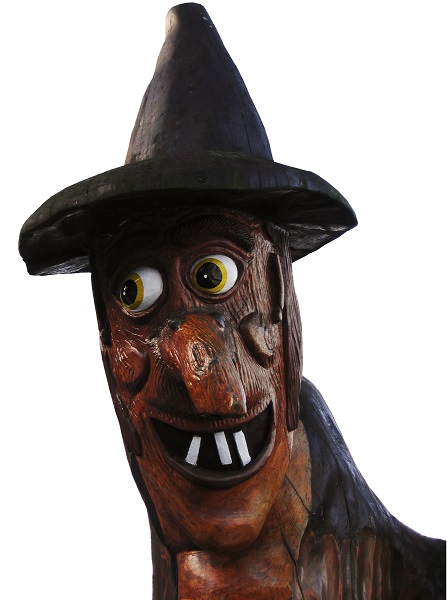In Memory of Hans Christian Andersen (1805–1875): The Dreamer Who Gave Us Wings

On August 4, 1875, the world bid farewell to one of its most beloved storytellers—Hans Christian Andersen. Though the Danish writer left this world nearly a century and a half ago, his stories continue to enchant generations, living on in every whispered bedtime tale, every stage adaptation, and every child’s widened eyes at the turn of a page. His words were more than ink on paper; they were magic stitched into the very fabric of childhood across continents.
Born on April 2, 1805, in the humble town of Odense, Denmark, Hans Christian Andersen emerged from poverty to become one of the most celebrated authors in literary history. The son of a struggling shoemaker and a washerwoman, Andersen grew up in modest surroundings but possessed an imagination that reached far beyond his means. His early life was marked by hardship and solitude, but it was this very sense of otherness that fueled his artistic soul.
Andersen’s writing career began with poetry and plays, yet it was in the realm of fairytales that he found his true voice. His first collection, Fairy Tales, Told for Children (1835), included now-iconic stories such as The Tinderbox, Little Claus and Big Claus, and The Princess and the Pea. At the time, these stories were modest in success, but Andersen’s perseverance and evolving mastery of voice led to global recognition in his later works.
What set Andersen apart was his profound ability to blend simplicity with sorrow, wonder with wisdom. His tales did not shy away from life’s darker shades. The Little Match Girl, with its heartbreaking poignancy, and The Steadfast Tin Soldier, a story of silent love and quiet endurance, speak not only to children but to the depths of the human spirit. Andersen wrote not to sugarcoat life, but to reveal its complexity through a lens of grace and imagination.
Andersen’s works—numbering over 150 fairy tales—include some of the most enduring characters in world literature: The Ugly Duckling, a metaphor for personal transformation; The Emperor’s New Clothes, a sharp satire on vanity and delusion; and The Little Mermaid, a haunting tale of sacrifice and longing that diverges starkly from its Disney counterpart. These stories carry moral and emotional resonance that transcends time, language, and culture.
Travel played a vital role in Andersen’s life. A passionate wanderer, he journeyed throughout Europe, befriending kings, artists, and writers such as Charles Dickens, with whom he shared a famously strained friendship. Yet despite his many accolades—including decorations from monarchs and international acclaim—Andersen never lost his childlike wonder or deep-seated yearning for acceptance.
His personal life, however, was often tinged with loneliness. Andersen never married, and much of his romantic longing remains shrouded in mystery and speculation. Yet this unfulfilled desire perhaps deepened the emotional power of his work, imbuing his stories with a quiet yearning that speaks to all who have felt like outsiders looking in.
Hans Christian Andersen passed away in Copenhagen at the age of 70, after suffering from liver cancer and complications from a fall. In his final years, he was celebrated as a national treasure, his birthday eventually honored as International Children’s Book Day. Yet his legacy goes far beyond official recognition.
Today, Andersen’s stories have been translated into more than 125 languages and adapted into ballets, films, operas, and illustrations the world over. His influence can be found in the works of Walt Disney, J.R.R. Tolkien, Neil Gaiman, and countless authors and dreamers who followed in his footsteps. A statue of The Little Mermaid still sits solemnly in Copenhagen harbor, a tribute to the man who taught us that love, longing, and courage can take even the smallest soul to the grandest of places.
As we remember Hans Christian Andersen, we do not simply mourn the passing of a man. We celebrate the birth of a universe—where shadows dance with light, where a duckling can become a swan, and where, through the telling of stories, we are all given the chance to become something more than we were.
Rest in peace, dear Andersen. Thank you for reminding us that even the most fragile match can light the darkest night.
















